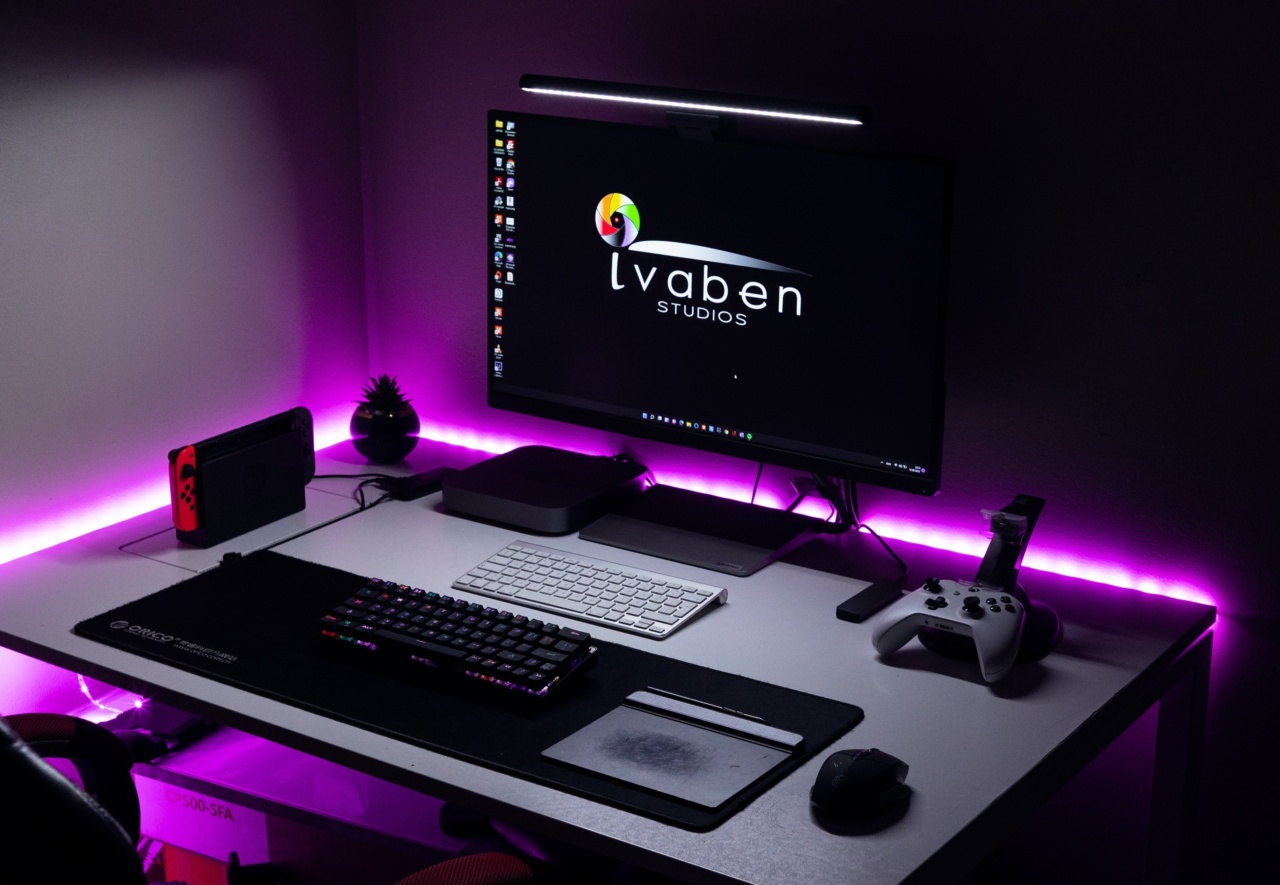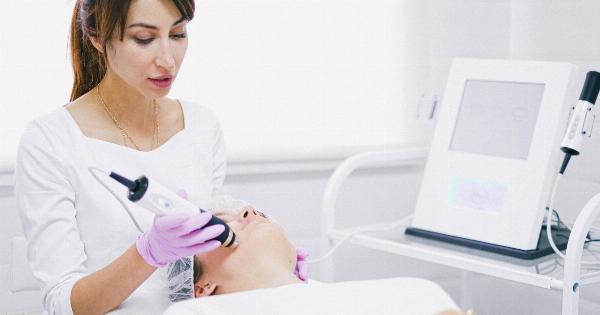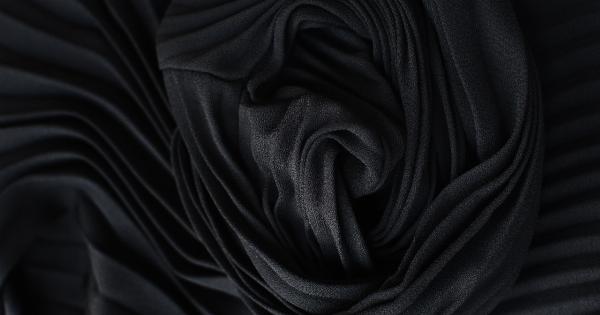Varicose veins are a common medical condition characterized by enlarged, twisted, and bulging veins, usually appearing in the legs and feet.
These veins occur when the valves within the veins fail to function properly, leading to blood pooling and increased pressure. While varicose veins may be a superficial concern for some individuals, they can also cause discomfort, pain, and various complications if left untreated.
Fortunately, advancements in medical technology have revolutionized the treatment options available for varicose veins. These innovative techniques and technologies offer minimally invasive procedures with improved outcomes and reduced downtime.
In this article, we will explore some of the advanced technologies used in the treatment of varicose veins.
1. Endovenous Laser Ablation (EVLA)
Endovenous Laser Ablation, also known as EVLA or EVLT (Endovenous Laser Treatment), is a popular and effective treatment for varicose veins.
This procedure involves the use of laser energy to seal off the affected veins, redirecting blood flow to healthier veins. EVLA is performed under local anesthesia, and it offers numerous advantages over traditional surgical interventions.
With EVLA, patients experience minimal discomfort, and the recovery period is significantly shorter compared to open surgery. The laser energy precisely targets and closes off the problematic veins while leaving the surrounding tissues unharmed.
EVLA has high success rates and is considered a safe treatment option for varicose veins.
2. Radiofrequency Ablation (RFA)
Similar to EVLA, Radiofrequency Ablation uses thermal energy to treat varicose veins. Instead of laser energy, RFA employs radiofrequency waves to heat and collapse the affected veins.
Under local anesthesia, a thin catheter is inserted into the problem vein, and radiofrequency energy is delivered through the catheter to seal off the vein. The procedure is precise, efficient, and has minimal side effects.
RFA is particularly suitable for larger varicose veins, offering a minimally invasive alternative to traditional vein stripping surgery.
The treatment usually takes less than an hour, and patients can resume their daily activities shortly after the procedure. RFA has proven to be highly successful in treating varicose veins, providing long-lasting results.
3. Sclerotherapy
Sclerotherapy is a widely used and effective treatment option for varicose veins and spider veins. This technique involves the injection of a sclerosing solution directly into the problem veins.
The solution irritates the vein lining, causing it to collapse and eventually fade away. Sclerotherapy can be used to treat both small and large varicose veins.
Advanced forms of sclerotherapy include foam sclerotherapy and ultrasound-guided sclerotherapy.
Foam sclerotherapy refers to the mixing of the sclerosing solution with air or gas, creating a foam that stays in contact with the vein for longer periods, enhancing its efficacy. Ultrasound-guided sclerotherapy allows for precise visualization of the veins, ensuring accurate and targeted treatment.
4. Venaseal
Venaseal, also known as VenaSeal Closure System, is a revolutionary technology used in the treatment of varicose veins. It is a non-thermal, non-tumescent, and minimally invasive procedure that utilizes a medical adhesive to seal the faulty veins.
The adhesive is delivered through a small catheter inserted into the vein, effectively closing it off and rerouting the blood flow to healthier veins.
The Venaseal procedure requires no anesthesia, and there is minimal discomfort during or after the treatment.
Unlike other techniques, Venaseal does not require the use of tumescent anesthesia or compression stockings, making it a convenient and hassle-free option for patients. The procedure is typically completed within an hour, allowing patients to resume their normal activities immediately.
5. Clarivein
Clarivein, also known as MOCA (Mechanochemical Ablation), is a cutting-edge technology that combines mechanical agitation and chemical ablation to treat varicose veins.
With Clarivein, a catheter equipped with a rotating wire is inserted into the problem vein. As the wire rotates, it damages the vein wall while simultaneously delivering a sclerosing agent to close off the vein.
This innovative technique requires no heat energy, resulting in a virtually painless experience for patients. Clarivein offers high success rates and requires minimal downtime.
Additionally, the procedure can be performed without using tumescent anesthesia, further improving patient comfort and convenience.
6. Phlebectomy
Phlebectomy, also known as microphlebectomy or ambulatory phlebectomy, is a surgical procedure used to remove varicose veins through tiny incisions in the skin.
Unlike traditional vein stripping surgery, phlebectomy is minimally invasive, resulting in minimal scarring and a faster recovery period.
During the procedure, the surgeon makes small puncture-like incisions and uses specialized instruments to remove the diseased veins. Phlebectomy is an outpatient procedure that can be performed under local anesthesia.
It is particularly effective for larger varicose veins that cannot be treated using alternative methods.
7. Laser and Intense Pulsed Light (IPL) Therapy
While laser and IPL therapy are commonly associated with cosmetic procedures, they can also be used to address certain aspects of varicose veins.
Laser therapy involves the use of intense laser energy concentrated on the problem veins, causing the damaged veins to collapse and disappear over time.
Intense Pulsed Light (IPL) therapy uses broad-spectrum light pulses to target and destroy damaged veins. This non-invasive treatment option is commonly used for spider veins but can also be effective for mild to moderate varicose veins.
8. Cyanoacrylate Closure
The Cyanoacrylate Closure technique, also known as VenaSeal or “superglue” treatment, is a relatively newer approach to treating varicose veins.
This method involves the injection of a medical adhesive into the affected vein, sealing it shut and rerouting blood flow to healthier veins.
The treatment is performed using a small catheter, and the adhesive quickly solidifies, effectively closing off the vein.
Cyanoacrylate Closure offers minimal discomfort, requires no tumescent anesthesia or compression stockings, and allows for a quicker recovery compared to traditional vein treatments.
9. Angioplasty and Stenting
Angioplasty and stenting are techniques commonly used to treat blocked or narrowed arteries; however, they can also be utilized in the treatment of certain venous conditions, including May-Thurner Syndrome.
This syndrome occurs when the iliac vein in the pelvis is compressed by the overlying artery, leading to blood flow obstruction.
During the procedure, a small balloon catheter is inserted into the affected vein and inflated to widen the narrowed section. A stent, a tiny mesh tube, is then placed in the vein to maintain blood flow.
Angioplasty and stenting can effectively relieve symptoms associated with May-Thurner Syndrome and restore proper venous flow.
10. Cryoablation
Cryoablation, also known as cryotherapy, is a technique that uses extreme cold to destroy abnormal tissue. In the treatment of varicose veins, cryoablation involves inserting a small probe into the affected vein.
The probe delivers extreme cold temperatures, freezing and destroying the vein, which is then reabsorbed by the body over time.
This minimally invasive procedure offers excellent cosmetic results, minimal discomfort, and a short recovery period. Cryoablation is particularly suitable for patients who cannot undergo thermal-based treatments or those with smaller varicose veins.
Conclusion
Advancements in technology have significantly transformed the treatment options available for varicose veins.
From minimally invasive procedures using laser and radiofrequency energy to innovative techniques like Venaseal and Clarivein, patients now have a wide range of advanced options to consider.
These advanced technologies offer high success rates, reduced discomfort, shorter recovery periods, and improved cosmetic outcomes.
It is important for individuals with varicose veins to consult with a qualified healthcare professional to determine the most suitable treatment option based on their specific condition and needs.





























